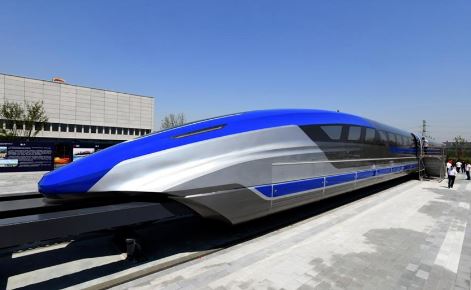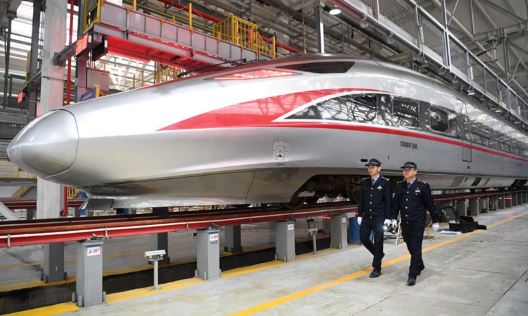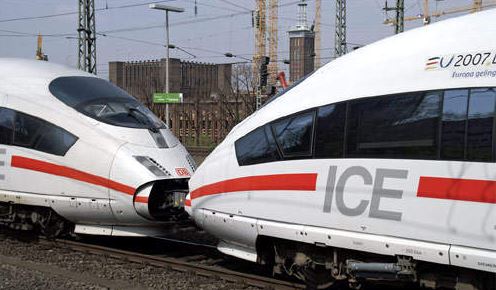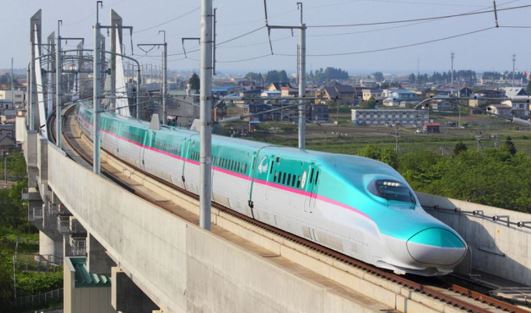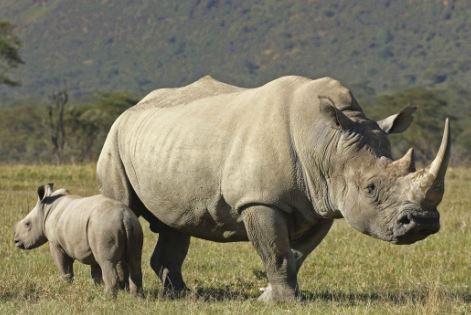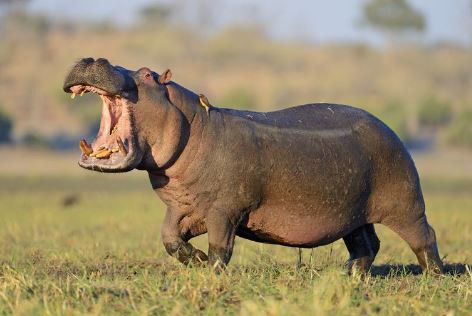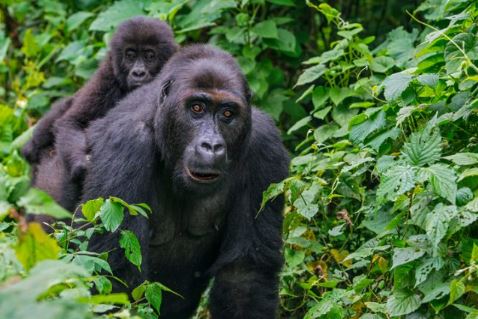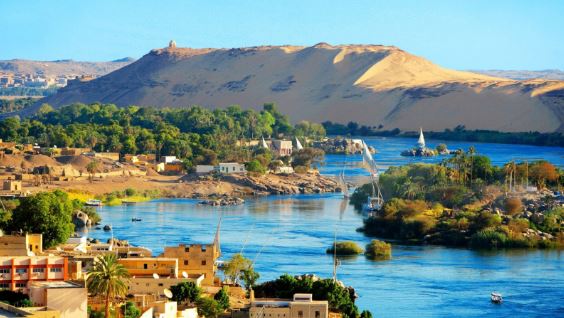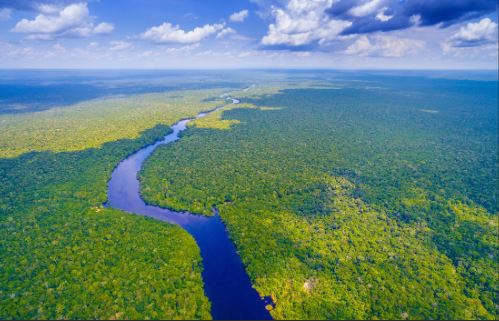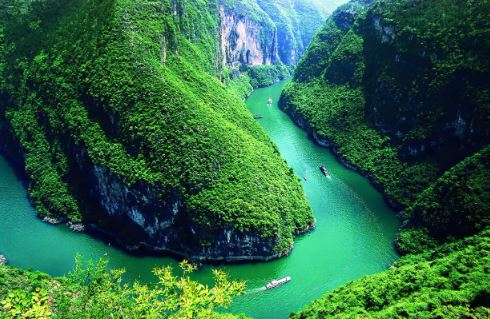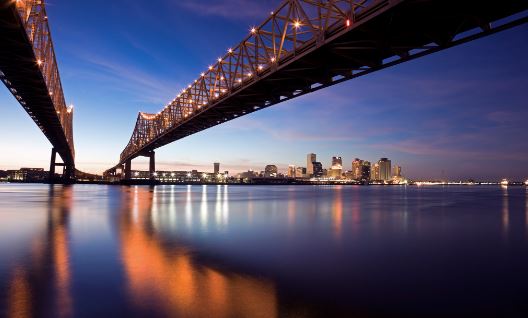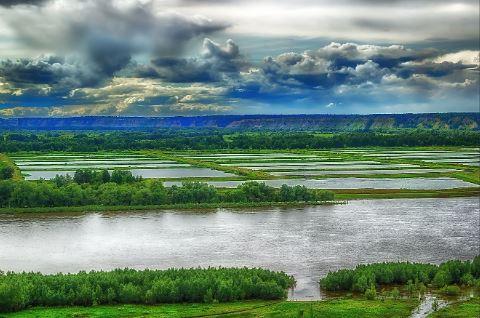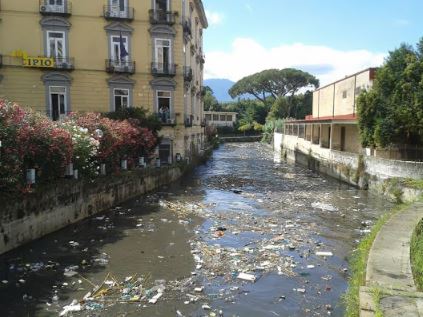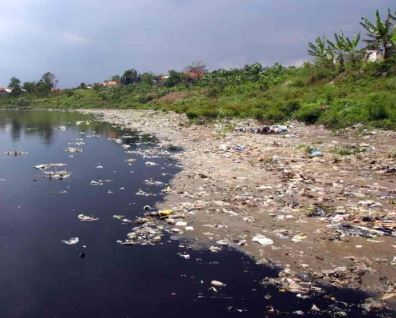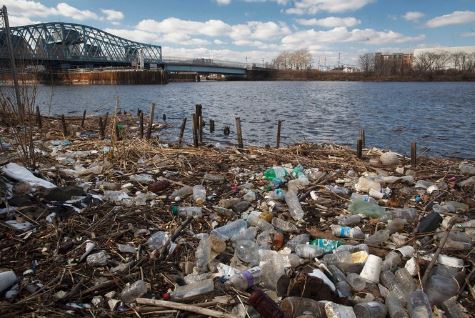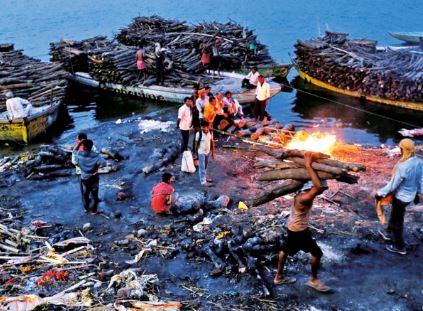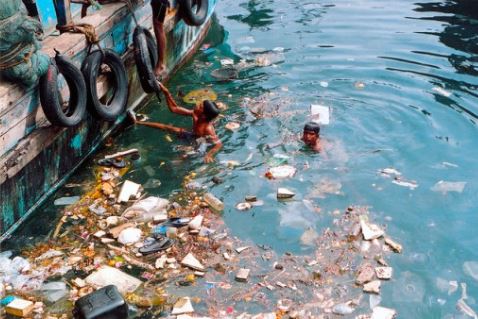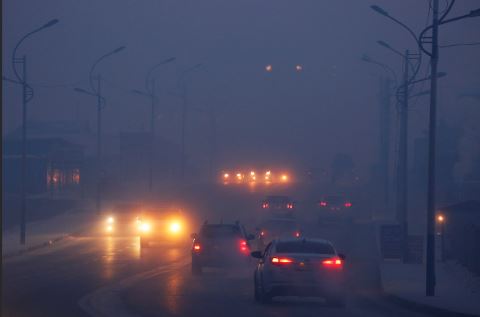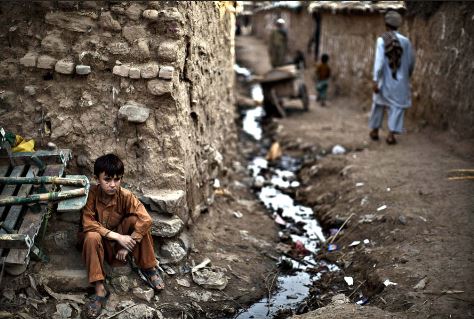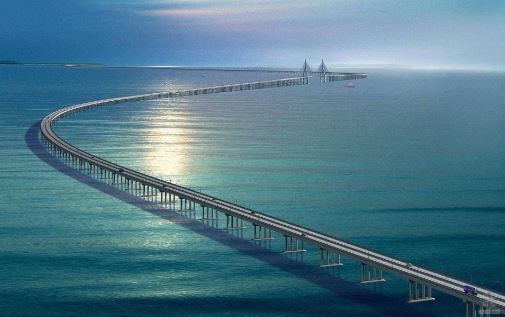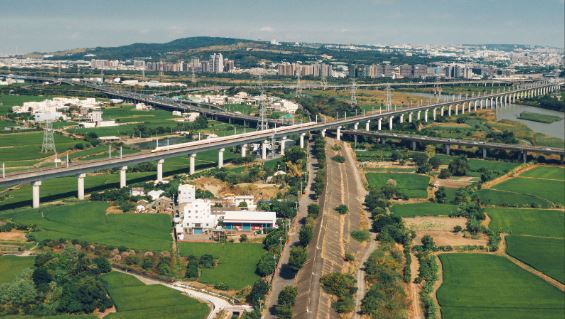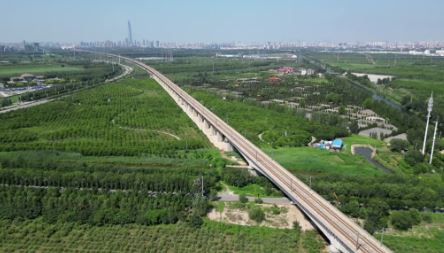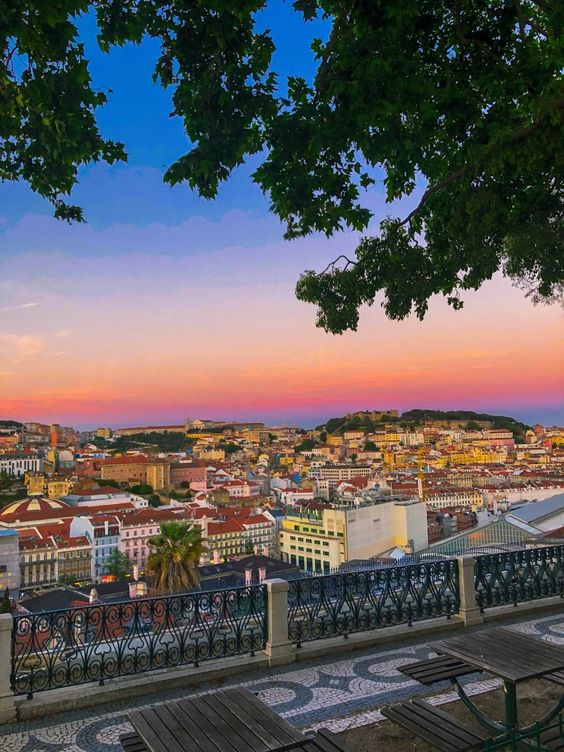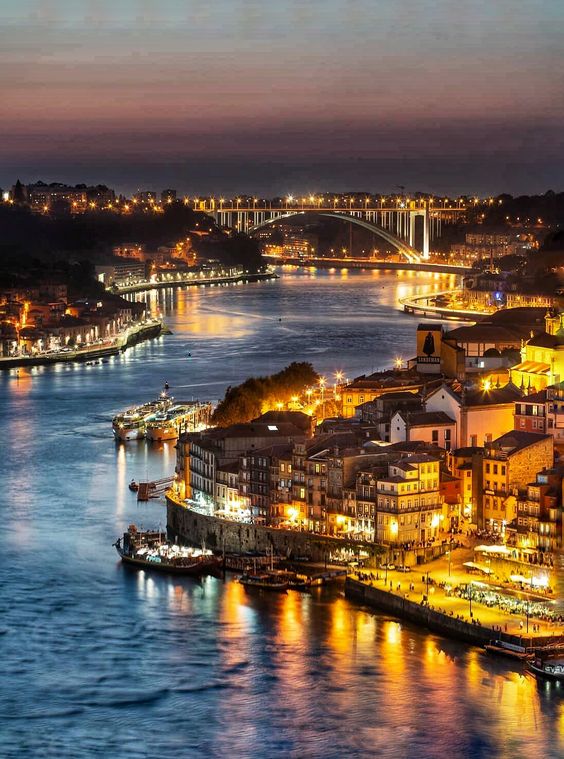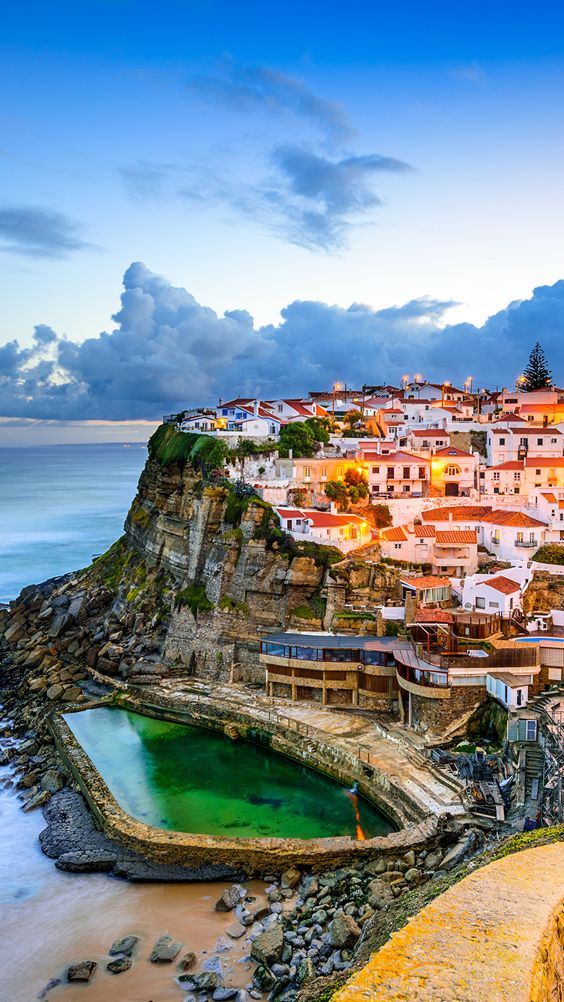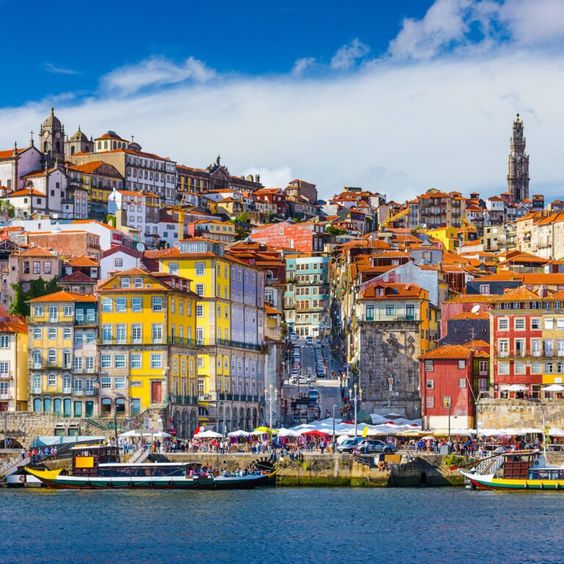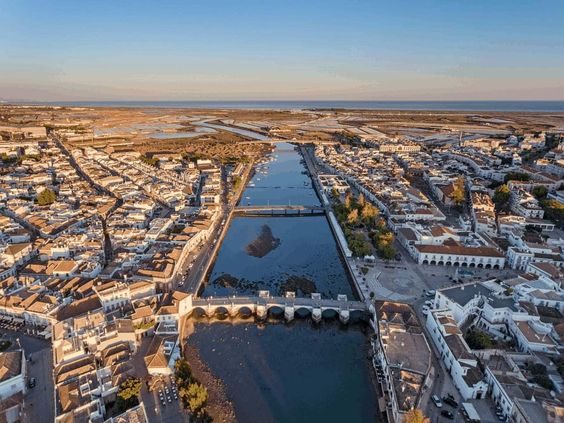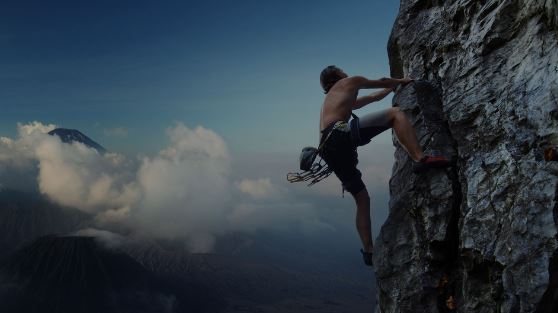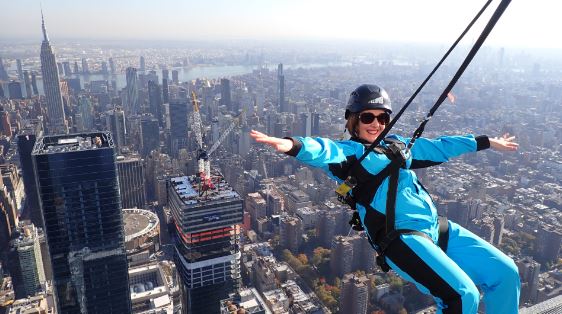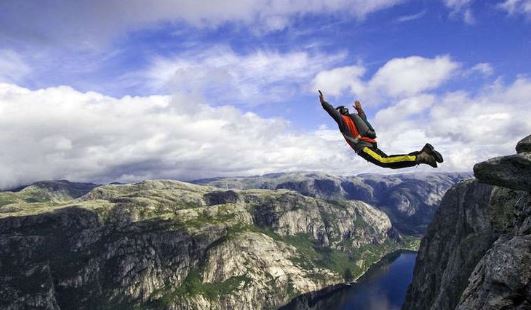1.Etruscan shrew
The white-toothed pygmy shrew, or Etruscan shrew (Suncus etruscus), is the smallest mammal in the world in terms of mass. This little insectivore, which only weighs 1.2 to 2.7 grams, lives in a variety of environments in Europe, Asia, and Africa. It feeds on insects, spiders, and small invertebrates with its characteristically long nose, eating enough food each day to equal its total weight. The Etruscan shrew has an incredibly quick heart rate and a robust metabolism despite its tiny size. Its extraordinary versatility allows it to flourish in a range of habitats, including grasslands and woods. The fact that this little organism survived is evidence of the diversity and resiliency seen in nature.

2.Bumblebee bat
The smallest bat and mammal in the world is the bumblebee bat (Craseonycteris thonglongyai), sometimes referred to as Kitti’s hog-nosed bat. Its wingspan is around 5.7 to 6.1 inches, and it weighs only 1.5 to 2 grams. It is native to limestone caverns in Thailand and Myanmar. It is easily identified by its pig-like snout, which it uses to eat small insects. Because of habitat degradation and disturbance within its small range, this tiny bat is considered fragile. Colonies of bumblebee bats are their roosts, and the females normally give birth to one child per year. The goal of conservation activities is to save their roosting places and increase public knowledge of this rare and endangered species, stressing the value of protecting their environment.

3.Philippine tarsier
Small and indigenous to the Philippines, the Philippine tarsier (Carlito syrichta) is mostly found on many islands within the archipelago. Notable for its huge eyes, which account for almost 1.5% of its total weight, and unique nocturnal habits, this monkey is among the tiniest in the world, with a height of 8 to 16 centimeters. The tarsier is an expert hunter because its main food is insects. It is capable of turning its head nearly 180 degrees, which improves its hunting skills. Conservation efforts center on safeguarding the forest habitats of these endangered monkeys and increasing and creating public awareness among people for the significance of maintaining these unique primates in their natural habitat, which are under threat from habitat loss and the pet trade.

4.Pen-tailed tree shrew
Borneo and Sumatra are home to the unique pen-tailed tree shrew (Ptilocercus lowii), a tiny mammal that lives in Southeast Asian rainforests. This tree-dwelling shrew is distinguished by its remarkably long tail, which may reach a length of double its body. It also has quick climbing skills. Within its ecology, the pen-tailed tree shrew is an important pollinator and seed disperser, as its main food sources are insects, tree sap, and nectar. The species is poorly understood, and more research is required to comprehend its behavior and conservation status despite its distinctive features and ecological significance. Habitat loss due to deforestation poses a threat to this unique and somewhat lesser-known tree shrew species.

5.Pygmy marmoset
The tiniest monkey in the world, the pygmy marmoset (Cebuella pygmaea), is indigenous to South American jungles, which include areas of the Amazon Basin. These small primates, which typically weigh only 100 grams, are distinguished by their claw-like claws, non-prehensile tail, and fast pace of reproduction. Pygmy marmosets are renowned for their social structure; they use a variety of vocalizations to communicate while living in family groupings. Tree sap, fruits, and insects make up the majority of their food. Threats to their survival include habitat destruction and the pet trade, despite their adaptability. To protect these adorable, small primates, conservation efforts concentrate on protecting their natural habitats and combating the illegal wildlife trade.










